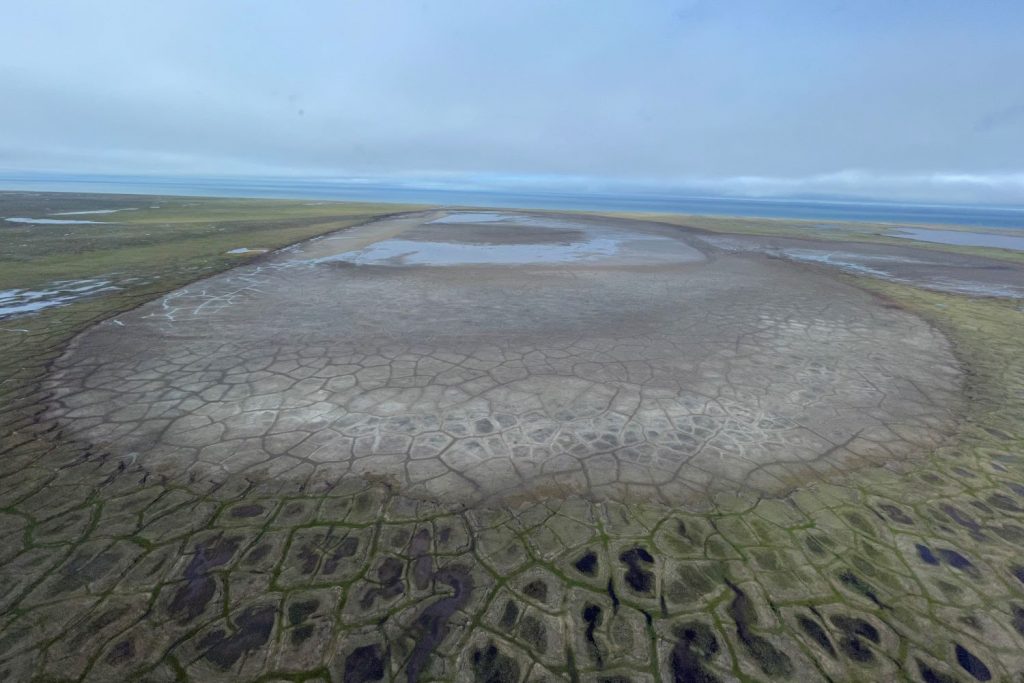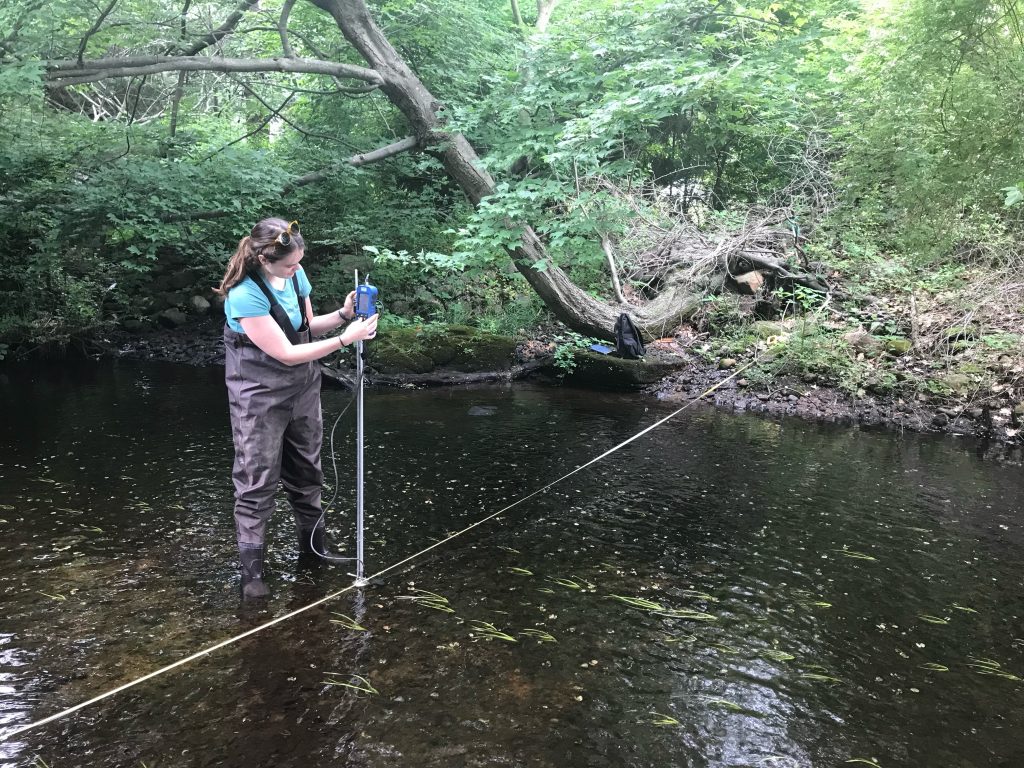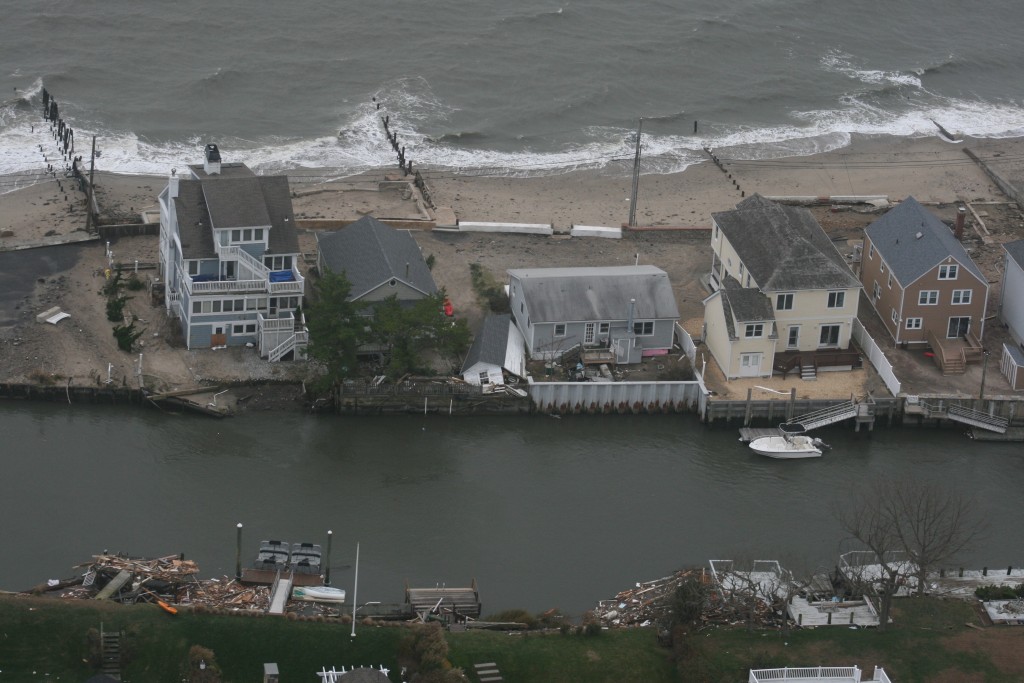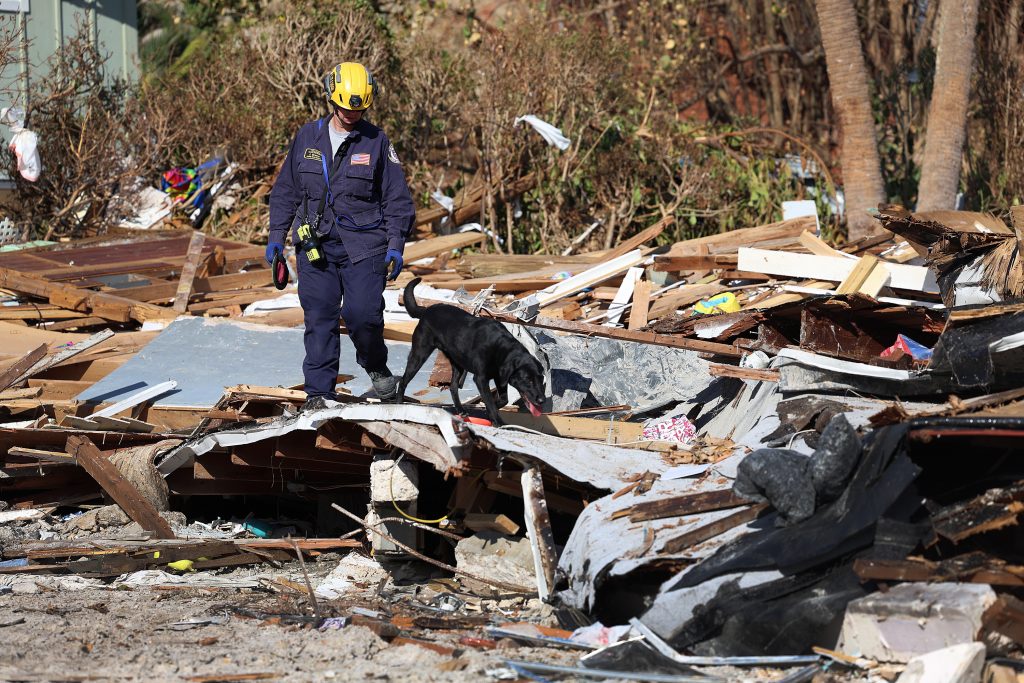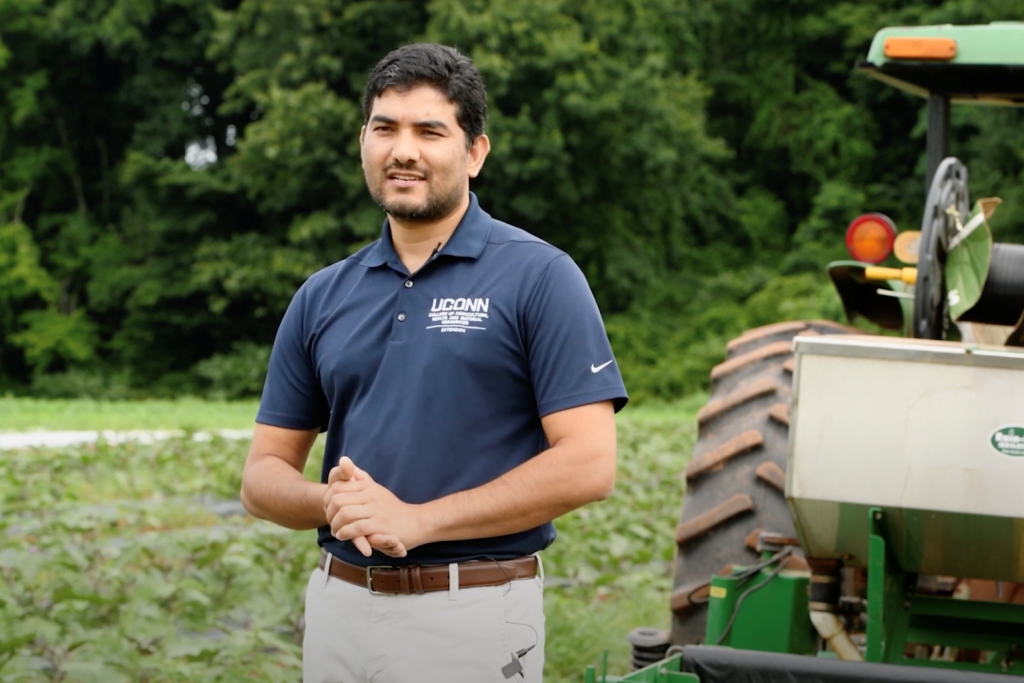Sustainability
Opening the Gates for Arctic Science
This work provides fundamental understanding of how the Arctic is responding to climate change
October 19, 2022 | Anna Zarra Aldrich, College of Agriculture, Health and Natural Resources
The Travails of an Alewife: Dams, Drought, and Climate Change
UConn researchers are studying the alewife – a threatened species and vital food web component -- for clues on how CT waterways and their inhabitants will adapt to climate change
October 18, 2022 | Elaina Hancock
Meet the Undergraduate Researcher: Giselle Malloy, CAHNR
Giselle Malloy '23 has a passion for environmental justice that has led to intriguing undergraduate research opportunities in water stewardship. This profile is part of a series for UConn's Month of Discovery.
October 17, 2022 | Mac Murray
Climate Venture Studio: A Comprehensive, Collaborative Approach to a Cleaner Planet
The program will identify startups focused on critical dimensions of the climate challenge with innovative solutions for decarbonization, alternative energy, planetary resilience, social impacts, and more
October 12, 2022 | Combined Reports
Under Pressure: Rethinking CT’s Coastal Land Use and Adaptation Strategies
The sea level is rising, and the clock is ticking in the effort to make Connecticut's coastline more resilient in the face of climate change
October 12, 2022 | Elaina Hancock
UConn Researchers Assessing the Aftermath of Hurricane Ian
Remote sensing experts applied their expertise to satellite imagery of the storm's aftermath, in hopes the information will aid in rescue efforts
October 5, 2022 | Elaina Hancock
Question for Conservation Efforts: 200 Miles from Shore, Who’s in Charge?
When it comes to deciding who has a say in what happens on the high seas, it’s complicated
October 5, 2022 | Elaina Hancock
Can a Tiny But Essential Ocean Organism Keep Pace with Climate Change?
Trying to understand how well copepods can cope with warming oceans
October 3, 2022 | Combined Reports
Connecticut Institute of Water Resources Expands Groundwater Safety Efforts
The U.S. Department of Agriculture is funding an effort to lessen contamination of groundwater and enable more frequent testing of rural wells
September 23, 2022 | Loretta Waldman, Special to the OVPR
Biodegradable Plastic Mulch: A Climate Smart Agricultural Practice
UConn is working with growers in the state to find alternatives to plastic mulch without eliminating the benefits it brings
September 22, 2022 | Stacey Stearns, College of Agriculture, Health and Natural Resources and UConn Extension
